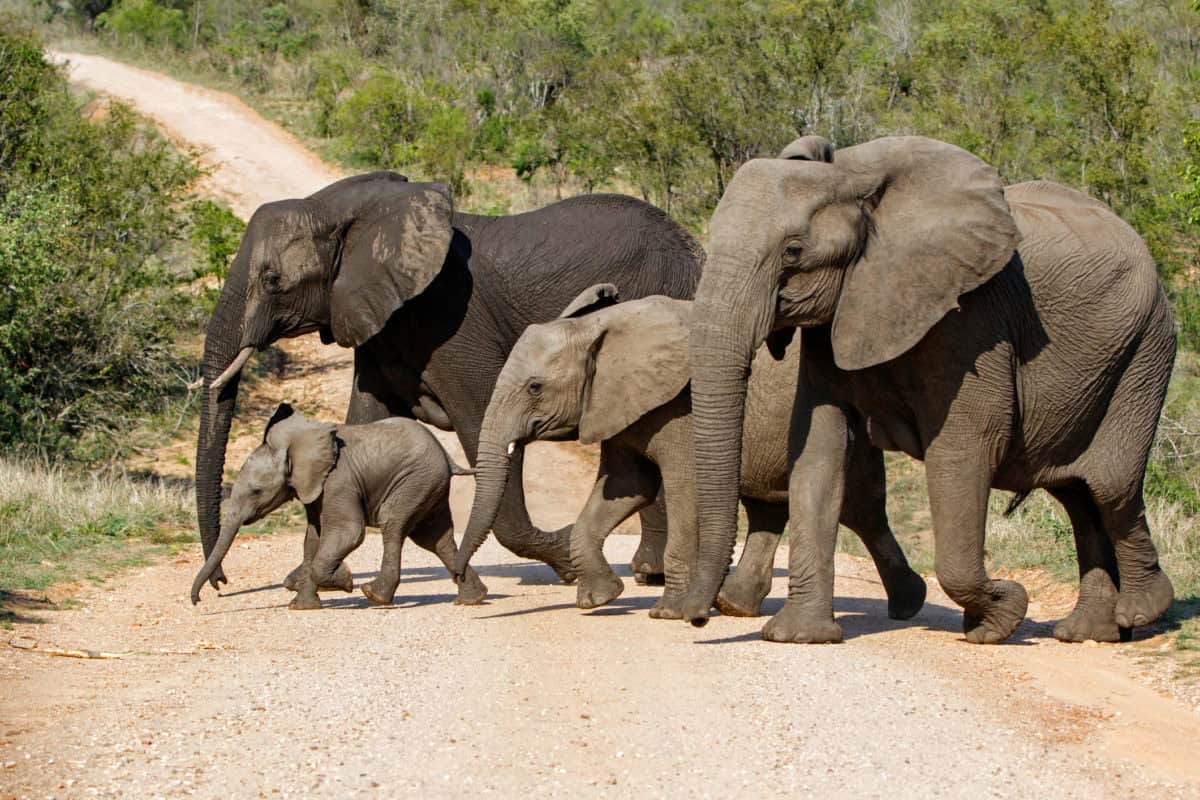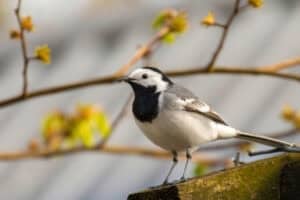SANParks’ self-funded conservation model proves that tourism and ecology can thrive together for future generations.

South African National Parks (SANParks) stands as one of the world’s leading conservation agencies.
In recent years, SANParks has demonstrated remarkable financial resilience, generating nearly 80% of its own revenue. For the first time, the organisation’s annual revenue has exceeded R4 billion in the past financial year.
Since 1994, SANParks has undergone a transformative journey, underpinned by a commitment to inclusivity and equity. This shift has been guided by the Vision 2040, which envisions a future where people and nature thrive in sustainable mega living landscapes.
SANParks’ success story is not only one to be celebrated but also serves as a model for how conservation can be funded effectively.
At its core, SANParks remains committed to its primary mandate, protecting and managing South Africa’s natural and cultural heritage for current and future generations.
Its achievements – and the model it employs to fund conservation – are worthy of recognition through tourism.
ALSO READ: Vultures lead rangers to one of SANParks’ largest poisoning events
Take the story of the bontebok, for instance, a classic case of conservation success.
Once on the brink of extinction due to hunting and expanding human settlement, the bontebok population had dwindled to just 17 animals by the late 1930s.
In response, a dedicated conservation area was established to protect the species, preventing it from suffering the same fate as the quagga, which went extinct in the late 1800s.
Today, bontebok National Park, which was founded in 1931 in Swellendam, is home to over 100 bontebok, with about 3 000 living in private reserves.
Despite its limited commercial viability, Bontebok National Park continues to operate because SANParks’ model allows for cross-subsidisation.
More profitable parks support those that are less financially viable but ecologically essential, ensuring that conservation is not driven solely by profit, but also to ensure biodiversity in perpetuity.
ALSO READ: WATCH: Elephant chases away police at Kruger Park
The bontebok’s original habitat, the renosterveld, is now among the most threatened vegetation types in South Africa, with 70% of it under threat.
As a result, the bontebok has become a flagship species for renosterveld conservation.
SANParks has developed specific management plans to protect both the species and its critically endangered ecosystem.
This approach is not limited to bontebok conservation. In 2023, SANParks launched the Richtersveld Desert Botanical Garden, the country’s first botanical garden in a desert biome.
Located within the Ai-Ais Richtersveld Transfrontier Park, it safeguards over 400 succulent species facing extinction due to poaching, mining, climate change and overgrazing.
Other success stories abound: after a 170-year absence, lions have been reintroduced to the Karoo National Park, where the population is now thriving to the point of abundance.
ALSO READ: Rachel Kolisi finds strength amid Tokai inferno and personal struggles
The mountain zebra, once facing extinction with just 80 individuals remaining, has rebounded dramatically, with over 3 200 now recorded. These zebras play a vital ecological role, helping maintain biodiversity and supporting predator populations.
In collaboration with archaeologists from the University of Pretoria, SANParks launched a project to rescue and preserve two significant archaeological sites along the Letaba River in the Kruger National Park.
These sites, which were inhabited between 1 500 and 1 000 years ago, offer some of the earliest evidence of trade between South Africa and Asia, predating ancient civilisations like Mapungubwe and Great Zimbabwe.
Sadly, the Letaba sites are currently being threatened by severe soil erosion, risking the irreversible loss of a valuable record of Africa’s past.
Through archaeological research and conservation efforts, the aim is to recover as much material as possible before it is lost, providing greater insight into the lives of the ancient people who once lived in the Kruger National Park.
What underpins these efforts and successes is a conservation funding model that works. Most revenue is generated by some of the well-visited parks and those funds are strategically redistributed to support the entire national parks network.
ALSO READ: The fight to save the penguins
This approach ensures that not only well-known sites like Table Mountain National Park flourish, but also that less-visited parks continue to safeguard South Africa’s rich natural heritage.
Conservation is not a luxury; it is a necessity. It is an investment in our future generation.
SANParks’ funding model is a success due to the combination of funding sources, tourism revenue, government grants, volunteers such as honorary rangers and private donors.






